The followers of the top ten worms:
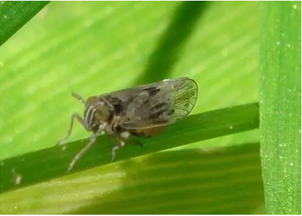
Cruelty: ☆
Group degree: ☆☆☆☆
Excess: ☆☆☆☆
Nickname: Locust. The top of the head and the front chest plate are yellow. The female is yellowish in the middle, dark brown on both sides, and the front wing is nearly transparent and has wing marks. The males on the chest and abdomen are dark brown, the females are yellowish brown, and the feet are all light brown. The scary thing is that the poisoning causes the disease.
Weakness: Low temperature resistance and high temperature resistance.
Crack: remove weeds, protect natural enemies, imidacloprid, pymetrozine, cucurbitine and other chemical sprays.
Tenth in the ranking: Red spider
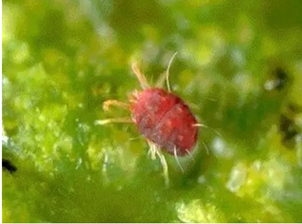
Cruelty: ☆ ☆
Group degree: ☆☆☆☆
Excess: ☆☆☆☆
Nickname: Fire spider. The red or rust red female is round and the male egg is spherical. The juvenile body is nearly round, the color is transparent and red, and the foot is 3 pairs. After taking the food, the body color becomes dark green. Use the back juice of the leaves.
Weaknesses: I am afraid of drought and slow movement.
Crack: remove the weeds to break their channels; spray, fumigation rounds for medication.
The ninth place in the rankings: locusts
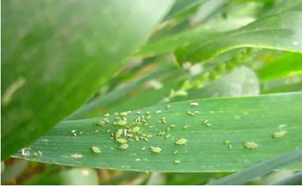
Cruelty: ☆ ☆
Group degree: ☆☆☆☆
Excess: ☆☆☆☆
Nickname: People are tired. The wingless parthenogenetic scorpion is dark green with a thin white powder; the head of the winged parthenocarpie is black and bright, and the abdomen is yellowish red to dark green. Harmful to heart leaves and tassels, not dirty.
Weakness: Lust and light, the most loved yellow.
Crack: medicinal seed dressing, rotation spray elimination.
Eighth in the rankings: Hummer

Cruelty: ☆ ☆
Group degree: ☆☆☆☆
Excess: ☆☆☆☆
Nickname: Parthenogenetic. The female adult is divided into long-winged, semi-long-winged and short-winged, and the nymph has a body color of milky green or milky yellow, and the surface of the body has wrinkled ridges. It will fly and jump, which can cause the corn seedlings to "break" or twist into "bull tail".
Weaknesses: Hi dry, afraid of moisture, and adult behavior is slow.
Crack: Impatidants such as imidacloprid and acetamiprid have better control effects, and do not use pyrethroid pesticides .
Seventh place in the ranking: Helicoverpa armigera

Cruelty: ☆☆☆☆☆
Group 殴: ☆ ☆
Excess: ☆☆☆
Nickname: Green worm. The larvae are 40-45 mm long and have a yellow-brown head. They can be divided into yellow-white, yellow-red, taupe, khaki, pale red, green, dark brown, brown, and green according to body color. 9 types such as brown type. Feeding filaments, tassels, ears, and young leaves.
Weaknesses: Adults have phototaxis, and they have a strong tendency to the half-wilted poplar branches.
Crack: use black light, sex attractant or poplar branches to trap insects; release eggs of Trichogramma or grasshoppers, spray nuclear polyhedrosis virus or chemical control.
Sixth in the ranking: corn glutinous rice

Cruelty: ☆☆☆☆☆
Group degree: ☆☆☆
Excess: ☆☆☆
Nickname: Heartworm. The mature larvae are 20 to 30 mm in length and have a brownish-black shell. The body is white and the back is slightly visible. The larvae drilled into the heart to feed on the mesophyll, leaving only the epidermis.
Weakness: Adults linger in the night and have phototaxis. Adults lay eggs near the midrib of the corn leaf.
Crack: Light traps adult worms, Beauveria bassiana, Bacillus thuringiensis, Trichogramma to the object, phoxim granules or spray to kill.
Fifth place in the ranking: Golden worm
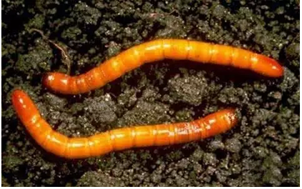
Cruelty: ☆☆☆☆☆
Group degree: ☆☆☆
Excess: ☆☆☆
Nickname: scorpion worm. The larvae are slender, golden or brownish-brown, shiny, with the same color and fine hair, hence the name "golden needleworm".
Weaknesses: Adults tend to rotted grasses, hiding during the day, night activities; female adults can not fly, slow-moving, suspended, no phototaxis; males fly stronger. The larva damages the roots and stems and feeds on organic matter.
Crack: phoxim, chlorpyrifos, diazepam and other seed dressing, toxic soil, root irrigation, and nicosulfuron preparations are applied one week before and after.
Fourth place in the ranking: Tiger

Cruelty: ☆☆☆☆
Group degree: ☆☆☆☆☆
Excess: ☆☆
Nickname: cut rootworm. The head is yellowish brown, the amount is bimodal, the body is yellowish brown to dark brown, and the back stripes are linear stripes. The leaves are left in the skin, the stalks are left in the silk, and the younger ones are cruel.
Weaknesses: Adults have phototaxis and chemotaxis, and the larvae are harmful to the surface of the third instar. After the third age, they enter the soil and linger in the night.
Crack: black light, sweet and sour liquid to trap adult; three-in-a-century spray, dusting, poisonous soil, poison bait to kill larvae;
Third place in the ranking: Double spotted leaf beetle
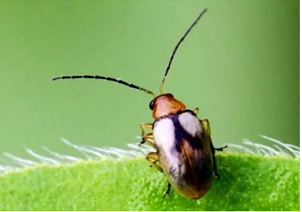
Cruelty: ☆☆☆☆☆
Group degree: ☆☆☆
Excess: ☆☆
Nickname: silkworm. The head and chest are reddish-brown, the sheath wing is half black, the base is yellowish, and it is surrounded by black; the sheath wing ends are yellow. Can fly and jump, have a group, and move. The method of sizzling is the luxuries of the silk, resulting in the aftermath of corn.
Weakness: It tends to be younger and more habitual. It likes high temperature and dry noon activity, and the morning and evening activities are poor.
Crack: 9-11 in the morning and 16-19 in the evening, use the pyrethroid pesticide spray to prevent the rule.
Second place in the ranking: two points

Cruelty: ☆☆☆☆☆
Group degree: ☆☆☆☆
Excess: ☆☆☆☆
Nickname: Stolen passengers. The head is brown, the forehead is dark brown, and the back of the abdomen is two brown lines. The size of the tiger is smaller than that of the local tiger. In recent years, foreign countries have sneaked into the country, and they have cut roots, stolons, and camouflaged tigers to commit crimes.
Weaknesses: Adults tend to be light, chemotaxis, and nocturnal.
Crack: Black light traps adult worms; Qingtian destroys hidden environment, toxic soil, chlorinated benzamide, pyrethroids, methicillin, and mites to kill larvae.
First place in the rankings: armyworm
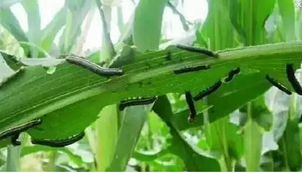
Cruelty: ☆☆☆☆☆
Group degree: ☆☆☆☆☆
Excess: ☆☆☆☆☆
Nickname: marching insects, red head, flat, and eight characters. The body color increases with the members, from light green to dark brown. It is good at continuous combat. In two or three days, the corn field can be changed into a bamboo forest, and more often with the wind or rain.
Weakness: Adults tend to light and chemotaxis.
Crack: Use sweet and sour liquid, sexual traps, insecticidal lamps and other control techniques to trap adult insects; use high-chlorine spray or smoke to encircle larvae; or use DuPont Kang wide spray for prevention. (Source: Public Welfare Plant Protection)
More pesticide knowledge , please pay attention to China Pesticide Network
Flat Washer,aluminum Flat Washer,large flat washers,brass flat washers
Jiangsu Minglu Stainless steel Co.,ltd , https://www.minglufastener.com
